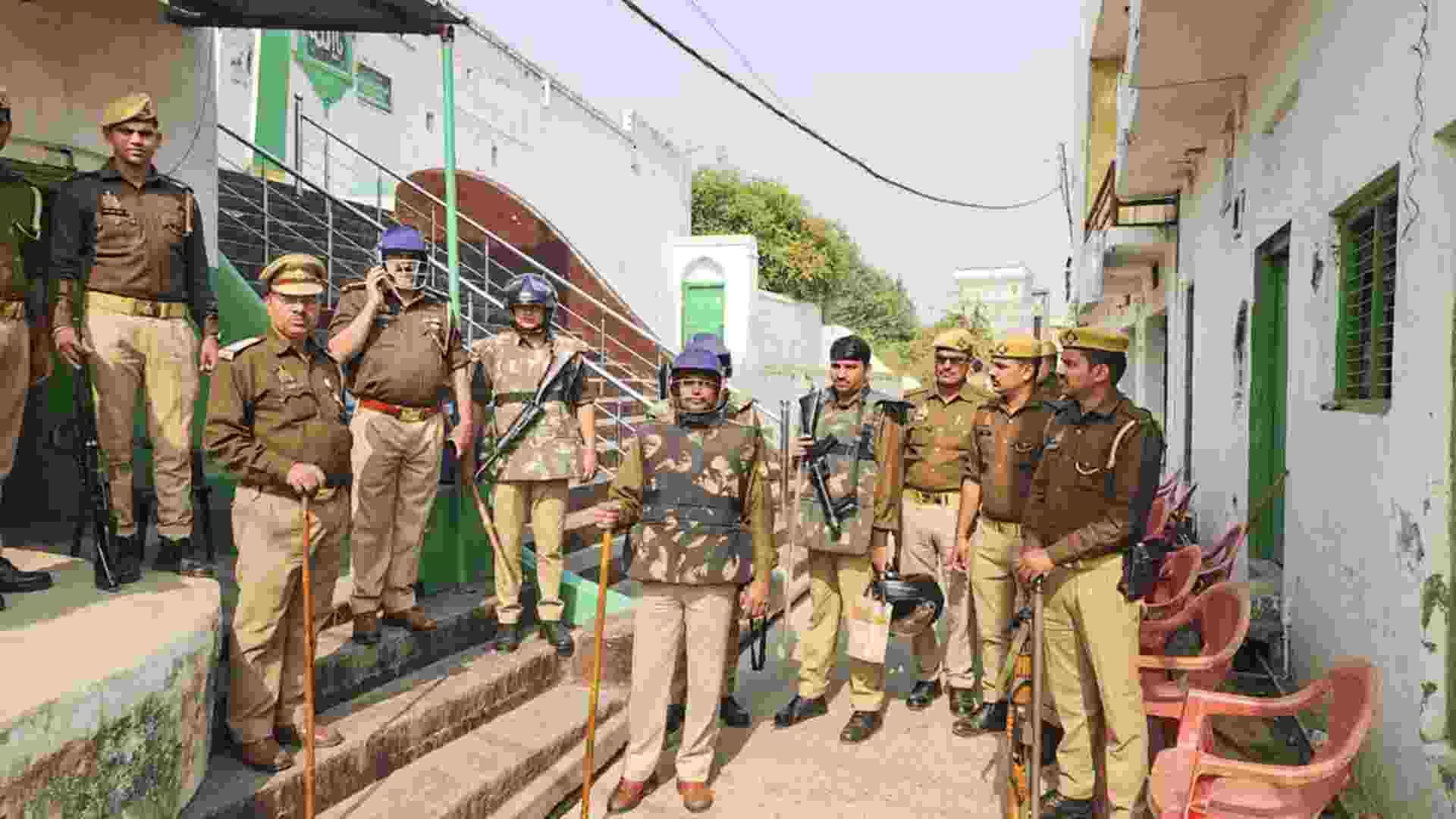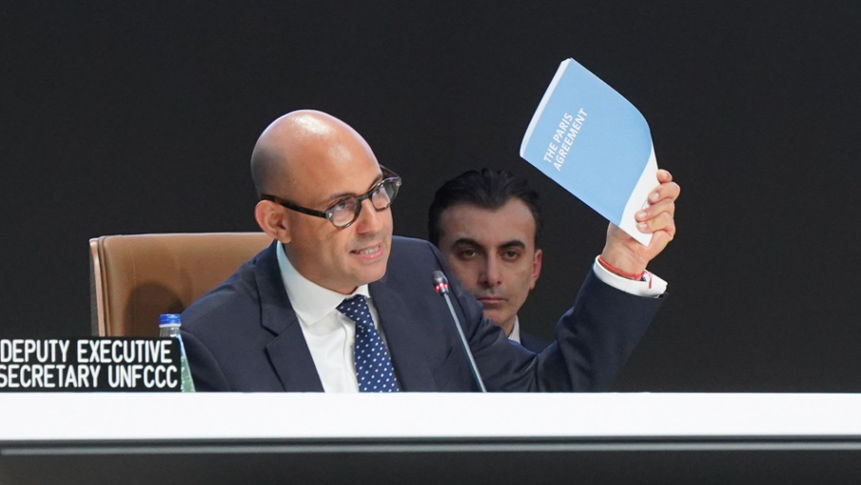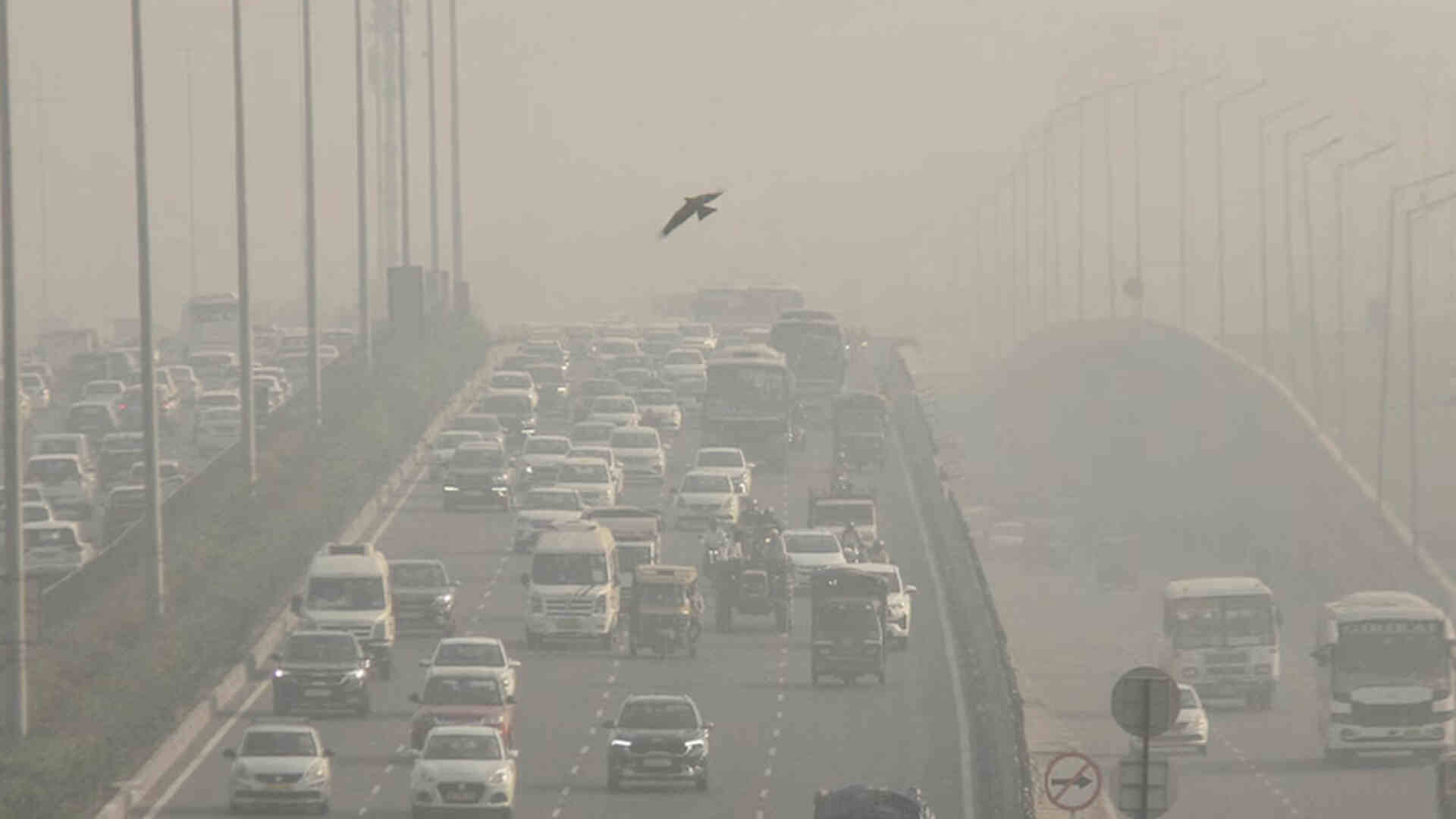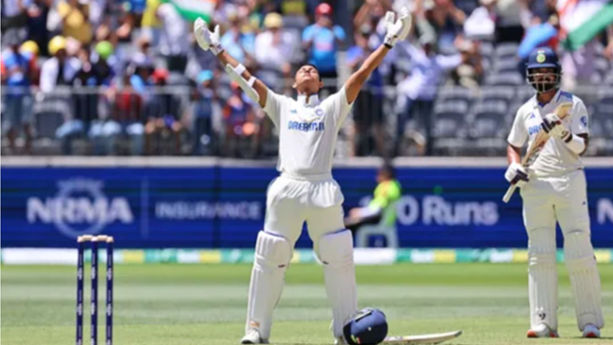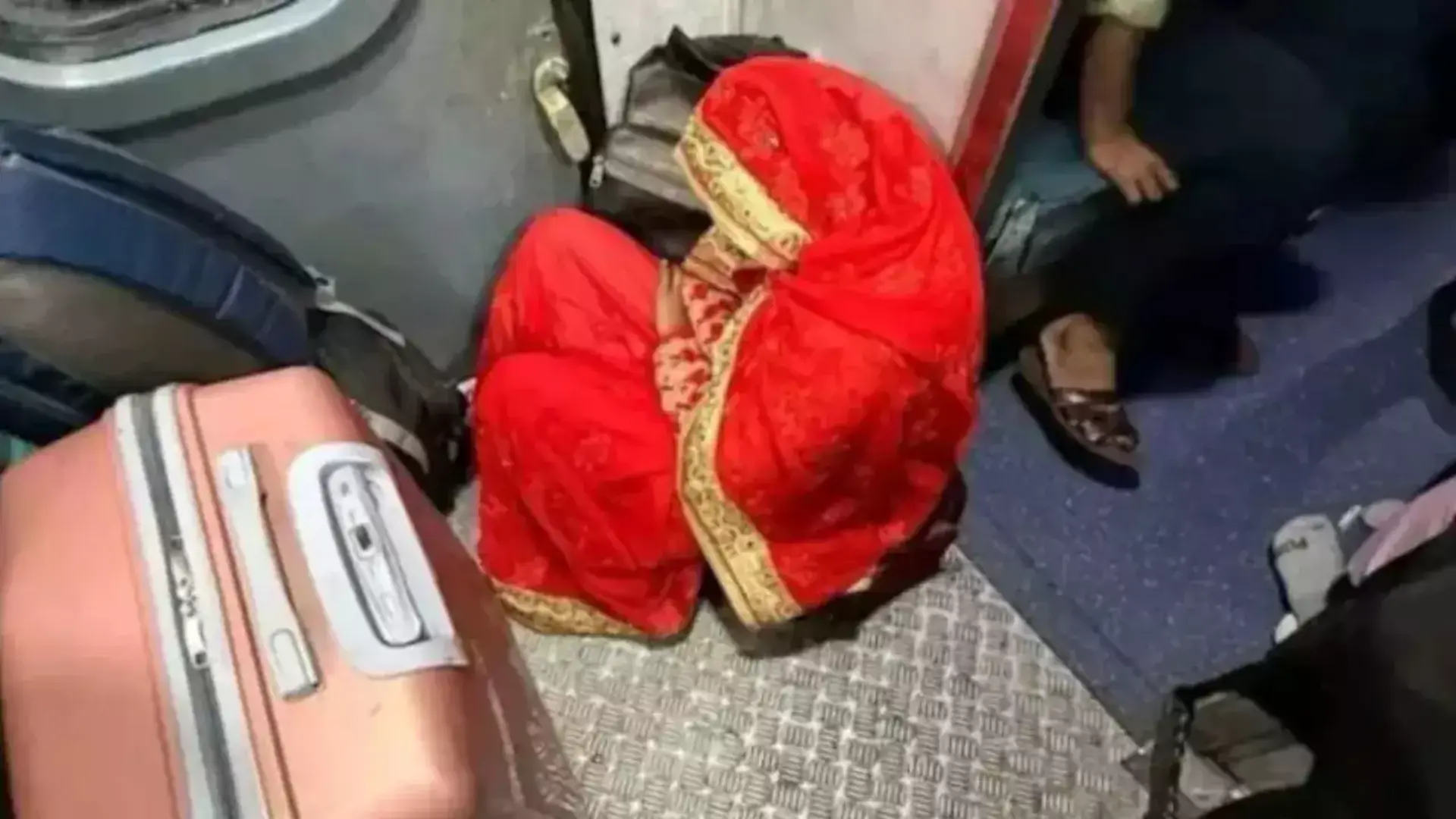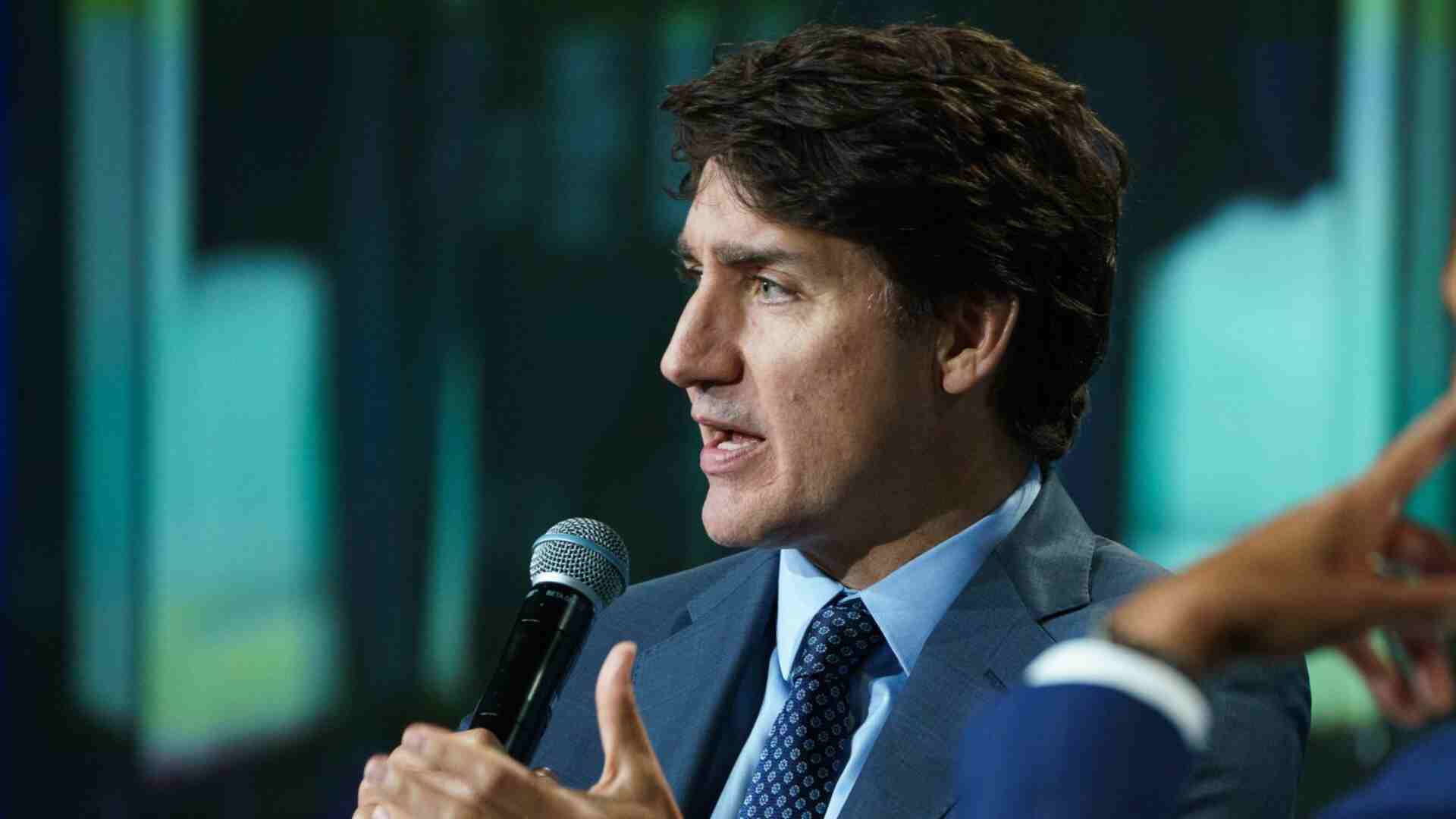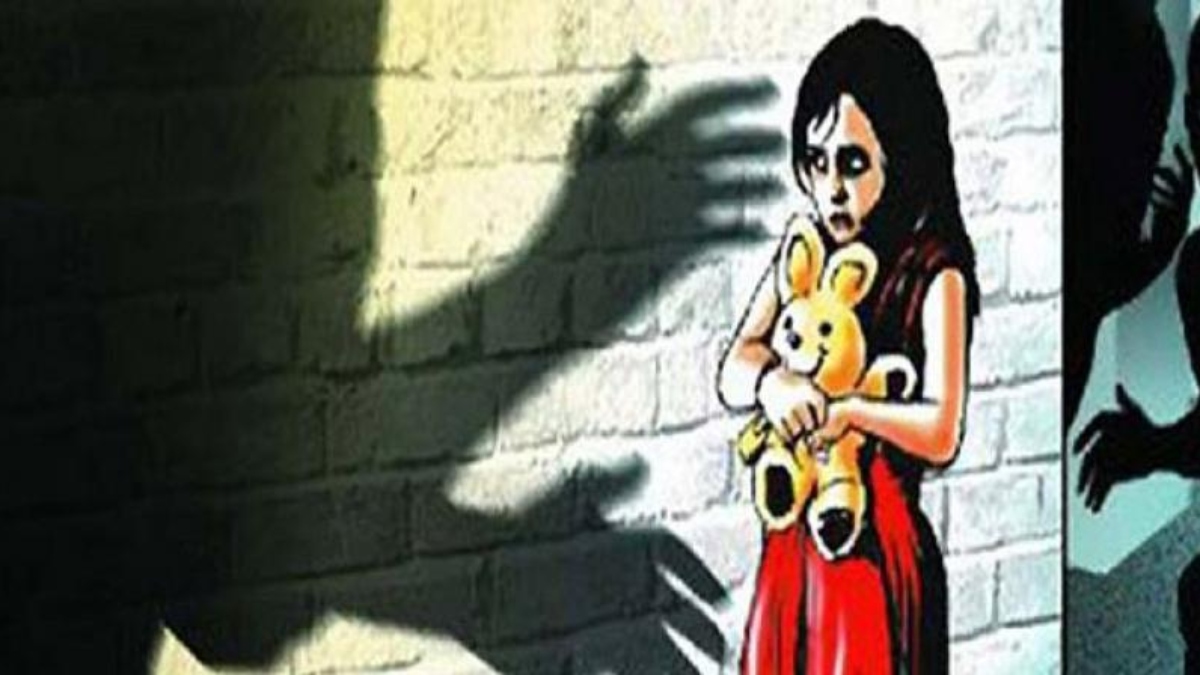
INTRODUCTION
As per WHO (World Health Organisation) a child is defined as – “a child is a person 19 years or younger unless national law defines a person to be an adult at an earlier age. However, in these guidelines when a person falls into the 10 to 19 age category they are referred to as an adolescent[ ]”. It means that any person who is below the age of 19 years or below is termed as a child. But the person whose age is between 10-19 years is termed as an “adolescent” whereas a child whose age is below 1 year is termed as an “infant”. But in POCSO Act, 2012 a child defined as – “any person below the age of eighteen years[ ]”.
Before the POCSO Act, 2012, there was no specific statue for protection of children from sexual offences in our country and prior to it the child abuse was prosecuted under the Indian Penal Code, 1860, like section 375 for rape; section 354 for outraging the modesty of women; Section 377 for unnatural offences; etc. There was only drawback that it does not provide for absolute protection of children. But the Goa was the only state who had a specific act named as “Goa Children’s Act, 2003” to protect the children of Goa from child abuse before the POCSO came into force.
On the fourteenth day of November of 2012, which is usually read as 14th November, 2012, the Protection of Children from Sexual Offences Act came into force. It is formerly known as POCSO Act, 2012. It emerged as the specific act which deals with the protection of children from sexual offences like sexual assault, pornography, sexual harassment, etc. It provides the provision for special and speedy trial courts where the child victims of any such offence is brought up to file the complaint. It also has the provision for child-friendly court where investigation, evidence, cross-examination, etc. is done to ensure the justice. The child-friendly court can be understood as the court room is an informal room with colourful walls, stickers, small toys and informal attire. It is done so as the child shouldn’t have the fear in mind that where is he or she been taken?, what will happen? why these witness boxes are kept and all such questions.
POCSO ACT OF 2012 – ESSENTIAL FEATURES AND SCOPE
The POCSO Act of the year 2012 is a multidimensional act as it provides various reliefs to victims of children who have suffered from the various sexual offences like sexual assault, rape, child harassment, child pornography, etc. It has a very wide scope as it covers a great number of offences under the one act. Following are the aspects which are covered under the POCSO Act, 2012 –
• It recognizes the various types of penetration apart from penile-vaginal penetration like penetrative sexual assault[ ], sexual assault[ ], sexual harassment, child pornography, aggravated penetrative sexual assault/aggravated sexual assault which means that when some officer rank personnel like police officer, member of armed forces or any civil servant commits sexual assault upon children.
• A Child Welfare Committee (CWC) is established under POCSO.
• Under Juvenile Justice (Care and Protection of Children) Act of 2015 a child after being the victim of such offence is called as “child in need of care and protection”.
• It is mandatory for the police to report to CWC about any such offence committed with 24 hours.
• It has made the provision for the hospitals and doctors also to safeguard the interest of the child while getting the statement recorded. It also provides for a provision under section 27 (2) and (3)[ ], that if a victim is girl child then it is mandatory that her examination shall be done by a female doctor only in presence of her parents or any person on which she shows here trust or confidence respectively.
• CWC also helps to arrange the psychologist or counseling sessions for the child to remove her from the stress and fear, and helps to get the statement recorded which helps to file the complaint.
• It has also made the regulative provisions for media to control the spread of news and fake news so that the image of the child won’t get defamed in the future.
• Under this act the helpline number to report such offences are also established which is called as CHILDLINE and its number is 1089.
• It ensures that child won’t feel embarrassed, shy or afraid while getting the complaint registered. So, it provides the special provisions for child-friendly courts. Section 28(3)[ ] of the act deals with these special courts.
• This act is unbiased in the sense that it is for the protection of girl and boy child. It can also be termed as “gender-neutral”.
• This act also declared the abetment of sexual offences as punishable. It means that if someone insists or promotes a child to do some offence will be punished.
NEED OF AMENDMENT
As per the report of year 2016 of National Crime Record Bureau 2016, a great number of cases where crime against women, crime again children and juvenile in conflict with law were observed[ ]. Later the Union Women and Child Development Minister gave a report stating that the number of crimes against women and children are increasing which is a need to worry. So, it suggested making amendments in the POCSO Act, 2012, and making the punishments stricter, so, that no person can cause any type of a sexual abuse to the children of our country.
CHANGES MADE TO THE ACT
Under the amendment, it has increased the punishment for each offence mentioned. They have also increased the punishment for aggravated sexual penetration assault; it could also be death penalty. They have also screwed up the provisions to control child pornography. The act has also deleted the words “communal or sectarian violence” for which earlier there was a punishment[ ]. It basically means causing sexual abuse to a child in respect to his religion or community. But in the words “communal or sectarian violence” were replaced with violence during any natural calamity or in similar situations.
PROTECTION OF CHILDREN FROM SEXUAL OFFENCES RULES, 2020
[ ]Under the light of powers mentioned in the Section 45 of the Protection of Children from Sexual Offences Act, 2012 (formerly known as POCSO Act, 2012) the government has made a new set of rules vide notification number G.S.R. 165(E) dated March 09th, 2020, in the official gazette and it will be called as “Protection of Children from Sexual Offences Rules, 2020”.
Under these new rules the government has made more stringent (strict) punishments to the accused so that they won’t repeat it in the future. Some noticeable additions in the new rules can be observed as :
• the mandatory police verification of each and every person and place where children come like schools, academies, sports centers, care homes or day care centers, etc is required after regular intervals.
• various vocational courses and training programs should be made available for the police officials and forensic experts, so, that they become more expertise in their respective fields.
• making age-appropriate educational material the part of their curriculum, to teach them safety measures, control emotions, etc.
• the governments have also been asked to formulate “zero-tolerance” protection principle in case of child sexual abuse.
• procedure to report for material used for sexual abuse like pornography.
• spreading the knowledge of age-appropriate child rights among other people.
To trace the child pornography the rules laid that any person who has received, sent, stored or distributed or is about to send, forward, circulate or viral it, the information of such person shall be reported to the Special Juvenile Police Unit (SJPU) or on cybercrime portal. The link to cybercrime portal is https://cybercrime.gov.in/. It was also mentioned that the details of the device where such content is stored, or forwarded or is being received shall be available to trace the person easily.
RELEVANT CASE LAWS
• Independent Thought v/s Union of India & Anr.[ ]
It is one of the leading NGO which deals with the child rights & had a PIL before the Supreme Court of India, challenging the constitutional validity of exception 2 to Section 375 of the Indian Penal Code which reads as “Sexual intercourse or sexual acts by a man with his own wife, the wife not being under fifteen years of age, is not rape”. The Supreme Court through its verdict held that it criminalized the sexual intercourse with a minor wife whose age lies between 15 and 18 years. The Court also added that the exception 2 in section 375 is violation of Articles 14, 15 and 21 of the Indian Constitution which allows intrusive sexual intercourse with a girl who is below 18 and above 15 years on the ground of marriage. Such exception clause in Indian rape laws negates the very purpose of Prohibition of Child Marriage Act, it violates the provisions mentioned in the Protection of Children from Sexual Offences Act (POCSO) in context of the age of consent and some other international conventions to which India is a signatory. In this landmark verdict, Supreme Court has struck down section 375, exception 2 of the Indian Penal Code. Now, the law cannot protect a man who is engaged in sexual relations with his wife where she is between 15 and 18 years because irrespective of the status of a child whether married or not, she will always remain a child[ ].
• Tuka Ram & Anr v/s State of Maharashtra[ ]
It is commonly known as Mathura Case. In this case, a young tribal girl whose name was Mathura was allegedly raped by two policemen while she was in custody at Desai Gunj Police Station in Maharashtra. It was the incident of custodial rape that took place on March 26th, 1972. Sessions Court passed the judgment in favor of defendants saying that Mathura gave her consent voluntary as she was habitual to sexual intercourse and held them not guilty. The Sessions Judge conveyed that there was a major difference between “sexual intercourse” and “rape”. The court added that it was a case of sexual intercourse in which she had consent and is not rape. Later the appeal was filed in the Bombay High Court had a look at all the findings analysed during the trial in Sessions Court. On the ground of such observations, the court held that the defendants were guilty of rape and the consent given was not voluntary and it was due to serious threats by policemen. Later, the case went to the Supreme Court, where court acquitted the accused and set aside the judgment passed by the Bombay High Court. The Court stated that no marks of injury were found on the person of the girl, there were no signs of any struggle, any resistance, also from the shreds of evidence it can be shown that the girl had not been put in fear of death or hurt so the consent would be considered as free or voluntary. Also, the girl was habituated to sex so, it may be possible that she might have incited the cops. So, it was concluded and held by the Supreme Court of India that the sexual intercourse which was in question in the given case is not proved to amount to rape[ ].
CONCLUSION
The POCSO Act, 2012, provides a very wide scope for protection of children from various sexual abuse offences like rape, child pornography, child harassment, etc. This act is gender neutral which is one of its key features that it is not meant only girls or boys. It does not care whether you are a normal citizen or civil servant; it has same punishment for all. Its only aim is to provide justice nothing else. And with the time it is being getting evolved which is making it better. Like each and everything needs evolution to become better, same is with the law as well. In our country we use to worship girls as goddess at one side and at other side are commencing sexual offences. It can be like – “how we are seeing others daughters, the same way they might also be seeing our daughters in the same way”.
